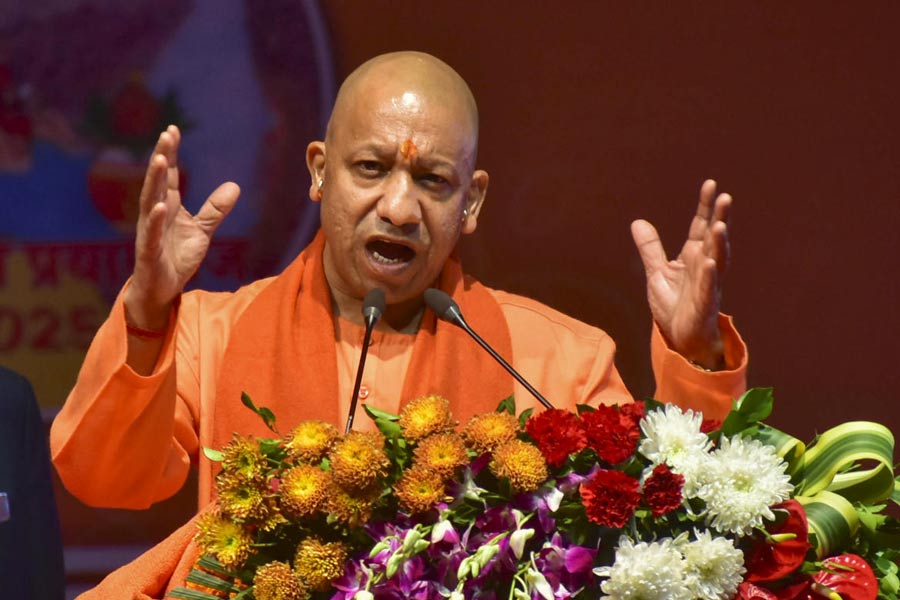Kannada actor Puneeth Rajkumar suffered a fatal cardiac arrest as he was training in a gym a few weeks ago. His death has once again cast a shadow on the connection between cardiac arrest suffered in the mid-30s or 40s and high intensity workouts. He was just 46 and a fit and active individual.
Is high intensity training harmful? To answer this, we have to understand a few guidelines on fitness activity, whether high or low intensity.
• Push your limits
In every activity we push our limits. Fitness is no different. If we don’t there is no improvement, leave alone excellence. But a note of caution! “Too much too soon” is best avoided and “small steps achievable goals” is to be embraced.
Getting fit is a gradual process. Our body takes time to adapt to the stress that exercise imposes upon it. It gets stronger as the stress increases. The body speaks to us during this process and it is important to understand what it is saying. Aches, pains and even injuries are fairly normal in our fitness journey. But in case of breathlessness, chest pain and dizziness we must immediately investigate. A trained, certified coach must always be by your side.
• Power your sleep
The balance between work, life, rest and exercise is crucial. Long hours may be unavoidable and exercise is the remedy. But not getting enough sleep will most certainly have a detrimental effect on the body. Hard work and working out hard is an equation that yields positive results only when adequate sleep is the catalyst.
How can you tell when to avoid a workout? Again, listen to your body. If you are a consistent exerciser, and you don’t feel like hitting the gym, it’s your body telling you to rest. If you are new to exercise, your mind and body will take time to absorb the routine, and there may be inaccurate mental signals asking for a day off. It is important that you recognise this difference and for your coach to guide you through it.
Lastly, don’t confuse sleep with laziness. If you need eight hours a day, then that’s how you are built. Sleepless workaholic fitness freaks are sprinters who may not last the distance!
• Plan medical check-ups
If you are above 35, an annual medical check-up is a must. It will help determine how much you should push yourself. Do remember that medical fitness and physical fitness are two entirely different things that go hand-in-hand. A well-muscled and fit individual may be hiding medical complications within that may be acquired or congenital.
• Work out safe
The obese are at a greater risk than the fit when it comes to exercising. It is important that you are being trained by an adequately qualified and competent coach. The gym should have people who are qualified in CPR and basic first aid. In the case of any unfortunate incident, the first responder’s role may well be the difference between life and death.
• Avoid substance abuse
Substance abuse is loosely defined as the use of illegal or prescription drugs or alcohol for purposes other than those that they are meant. Substance abuse with fitness activity is a recipe for disaster. For example, binge drinking followed by high intensity workout the next day!
Substance abuse is not addiction. A propensity for taking pain killers for even mild aches can be categorised as substance abuse.
I would go so far as to say avoid all supplements that claim to enhance your fitness training unless recommended by a certified dietician.
If we keep these points in mind, fitness irrespective of intensity is perfectly safe and will add wonders to your quality of life!
Always consult a professional before starting on a workout.
The writer, a martial arts and fitness coach, is the founder of Mike’s Martial Arts, a Calcutta-based martial arts and advanced functional fitness studio. Contact: mayukhpb@yahoo.co.in











